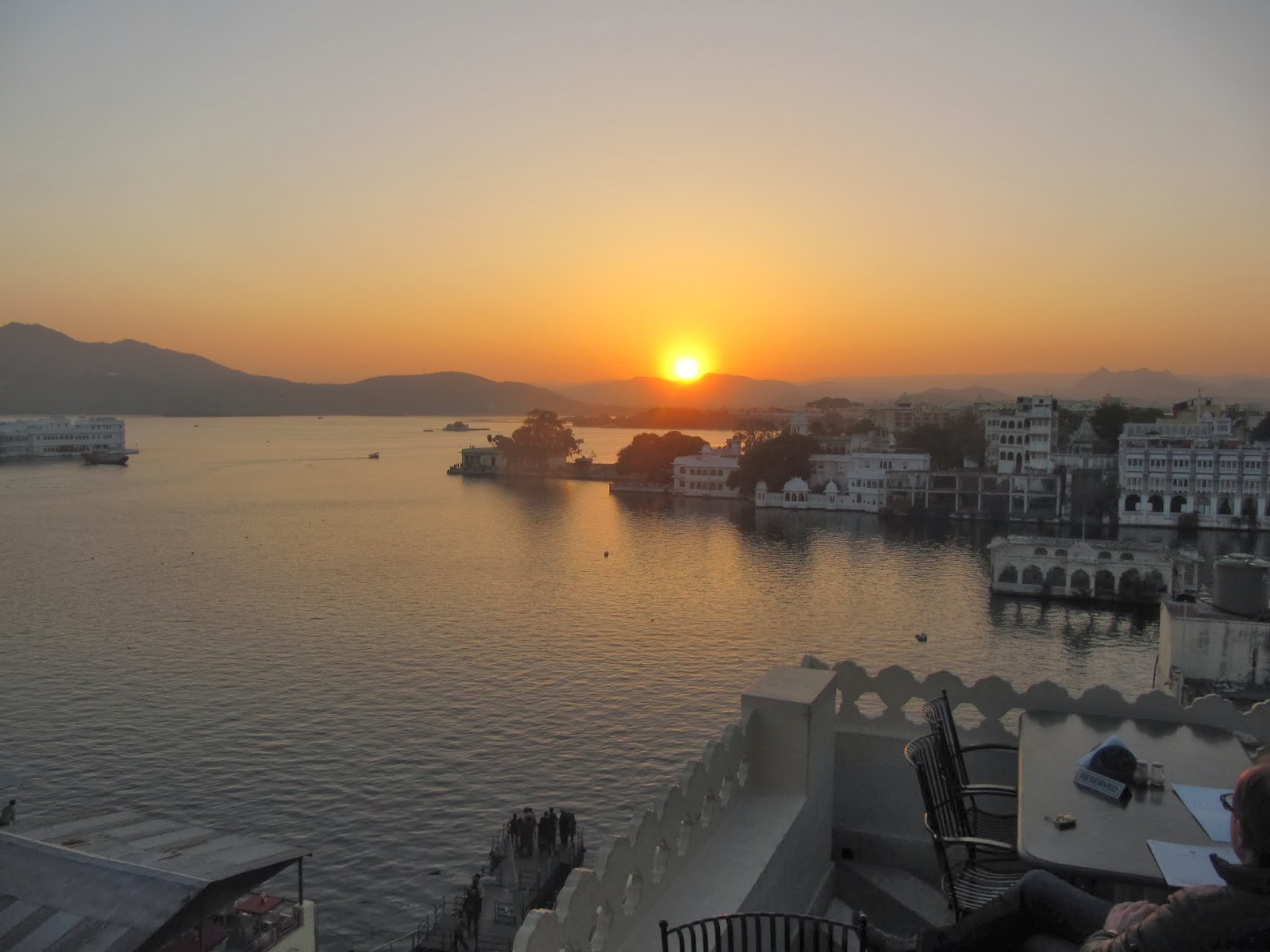Our first morning in Delhi we were picked up by Shriti our guide for the day. Shriti is the sister of Vaydehi who was our host and guide in Mumbai. We were introduced to the sisters by their mother Anu who was our host for the evening in Coonor when we visited the Tandoori Hut. Proving once again that it's who you know!
Delhi has a long history as a capital city and indeed the city now known as New Delhi is actually just one of the 7 historical cities that make up the metropolis - at 22 million the world's second largest.
We began in the oldest part of town where among other things we visited a shrine dedicated to the Sufi saint Kaki. Only Andrew was allowed inside and was invited to sit down with the Priest who shared a bit of history, gave a blessing, and took up an offering - some things are universal!
Amy and Shriti at The India Gate
Delhi has a long history as a capital city and indeed the city now known as New Delhi is actually just one of the 7 historical cities that make up the metropolis - at 22 million the world's second largest.
We began in the oldest part of town where among other things we visited a shrine dedicated to the Sufi saint Kaki. Only Andrew was allowed inside and was invited to sit down with the Priest who shared a bit of history, gave a blessing, and took up an offering - some things are universal!
The shrine of Kaki.
Muslim and Hindu side-by-side.
A park in the center of the city.
In the afternoon we made our way to Old Delhi which is a warren of streets with specialised markets throughout: the spice market, the sari market, the wedding stuff market, the used car parts market, the optical market and more. For food there was a stretch devoted to sweet stuff - delicious jalebi and a frothy sweet milk treat - as well as every other Indian delectable imaginable. And there was even a stretch dedicated to street banking.
Jalebi.
Frothy milk dish.
Spices.
Poppadoms drying in the sun.
A bank branch.
The most popular and practical mode of transportation in Old Delhi is the bicycle rickshaw. The 'drivers' display the same characteristics as those who drive cars, trucks, and autorickshaws. But in place of the horn they hurl curses at the top of their lungs. We didn't understand a single word but pretty much got the point!
Bicycle rickshaw as school bus.
After Old Delhi we ventured to New Delhi which is the most modern part of the city. This is the area that the British designated as the capital of India early in the 20th century. It still serves in that capacity for the independent state of today.
On Wednesday we had a much-needed sleep-in and then some shopping at a large craft market.
Thursday we headed back to Old Delhi to visit The Red Fort and The Jamma Mosque. We headed into the center on a very modern and efficient Metro system - one more reminder of how Toronto is falling behind on the subway front!
The Red Fort is a massive complex of buildings that formed the centre of power during the time of The Moghul Empire.
The Jamma Mosque is notable for it's size and for the fact that all are welcome inside; just remove your shoes.
We spent a delightful few moments watching a father teach his children the proper way to pray.
This is a little animal that we saw throughout India which the locals call a squirrel. Shriti told us a story. There had been a great flood and the mighty animals of India, the elephant and the tiger, were helping to clean up and rebuild. The little squirrels were doing their part as well to much mocking from the other animals who ridiculed their efforts. But the God Shiva was pleased with their contributions and as a sign of affection stroked their backs as they worked. And that's how the squirrel got its stripes!






















































